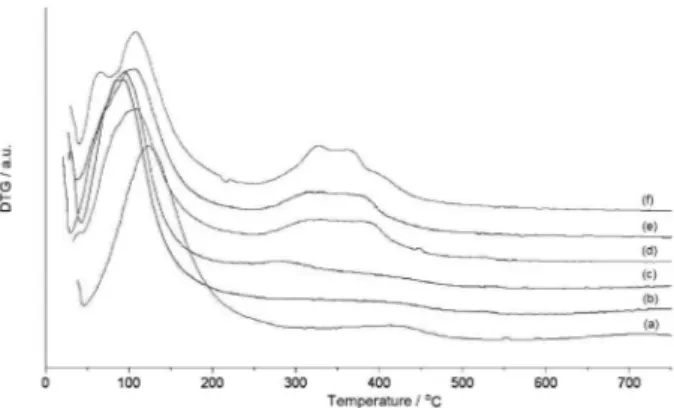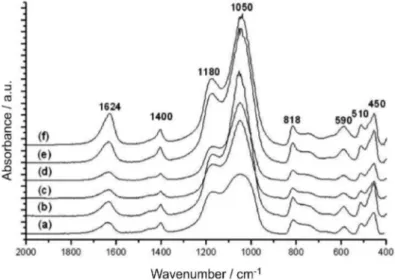J. Braz. Chem. Soc. vol.22 número10
Texto
Imagem




Documentos relacionados
The aim of this work was the development of a luorimetric sequential injection analysis (SIA) methodology for quinine determination, suggesting a general protocol to
Comparing the results obtained by PLS, iPLS, siPLS and biPLS models for simultaneous determination of the CA and AMO in powder pharmaceutical formulations, the biPLS
Our results showed that both chromatographic systems led to comparable results in samples of different matrix characteristics and compositions showing that both may
The modiied method was used for extraction and pesticide residue analysis in the samples cultivated on the experimental ields and milled, resulting in husked rice,
For determining the purity of a KCl sample, coulometric titration was used to determine all the chloride contained in the sample as well as bromide determination as the main
After the completion of the reactions, the systems were cooled to room temperature, and the mixture was subjected to silica gel lash column chromatography (ethyl
An analytical methodology for multiclass using SPE and LC-APCI-MS/MS was developed to analyze ive selected pharmaceuticals in surface and drinking water samples. The
If no chain degradation occurs, the sulfated samples will have a higher hydrodynamic volume and would be expected to elute at a lower volume than the starting polymer due




